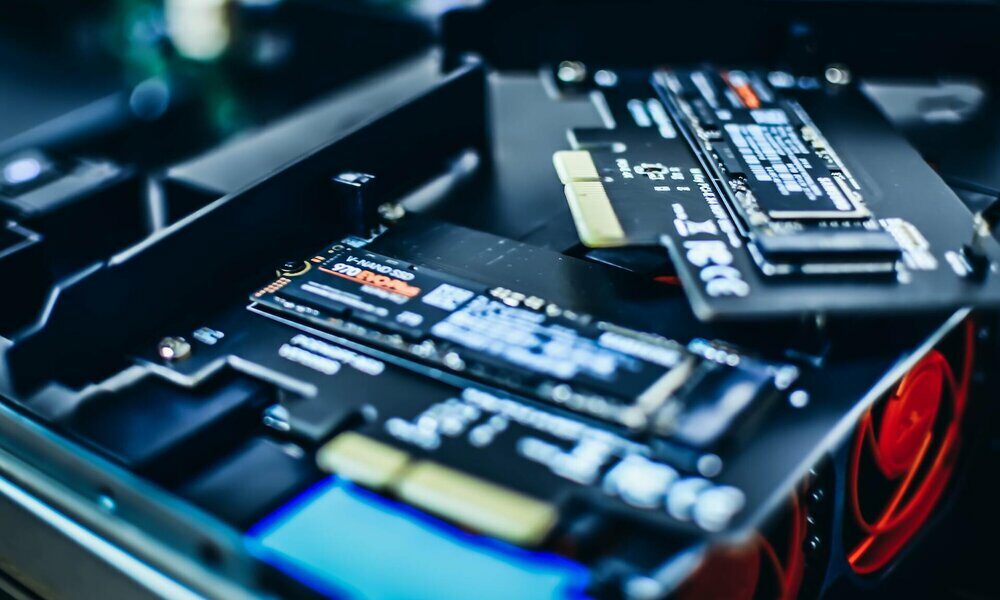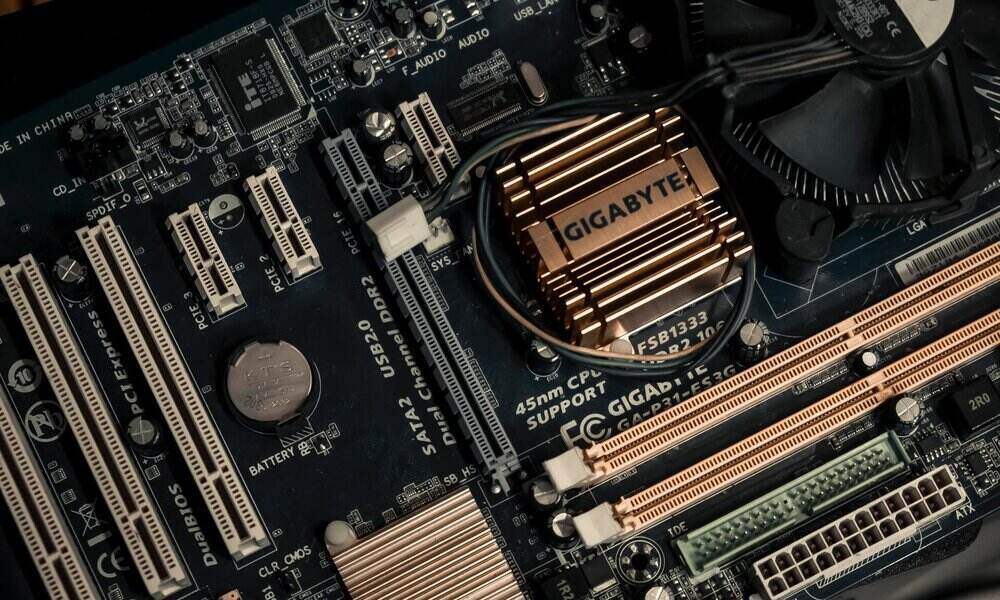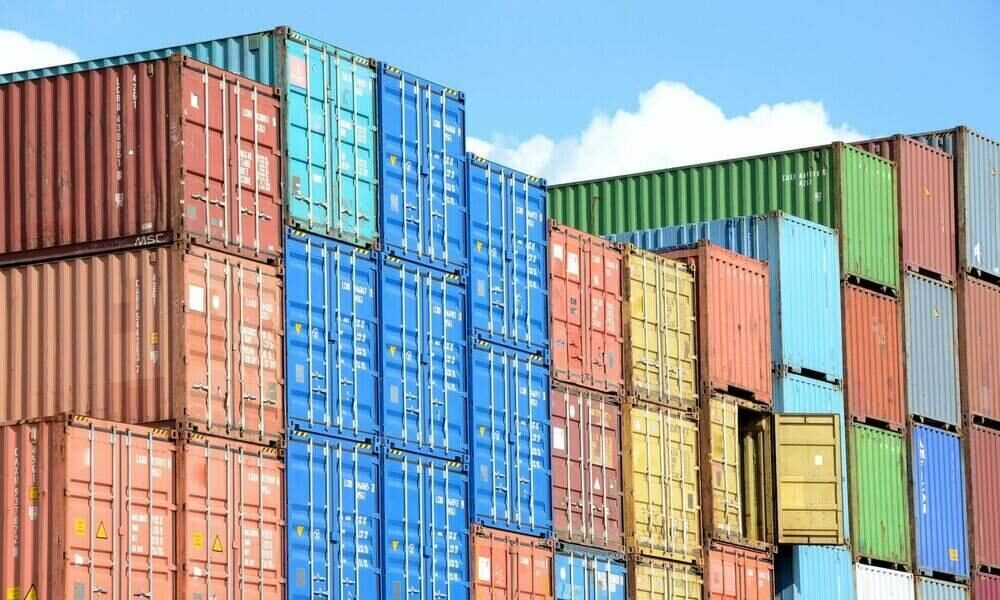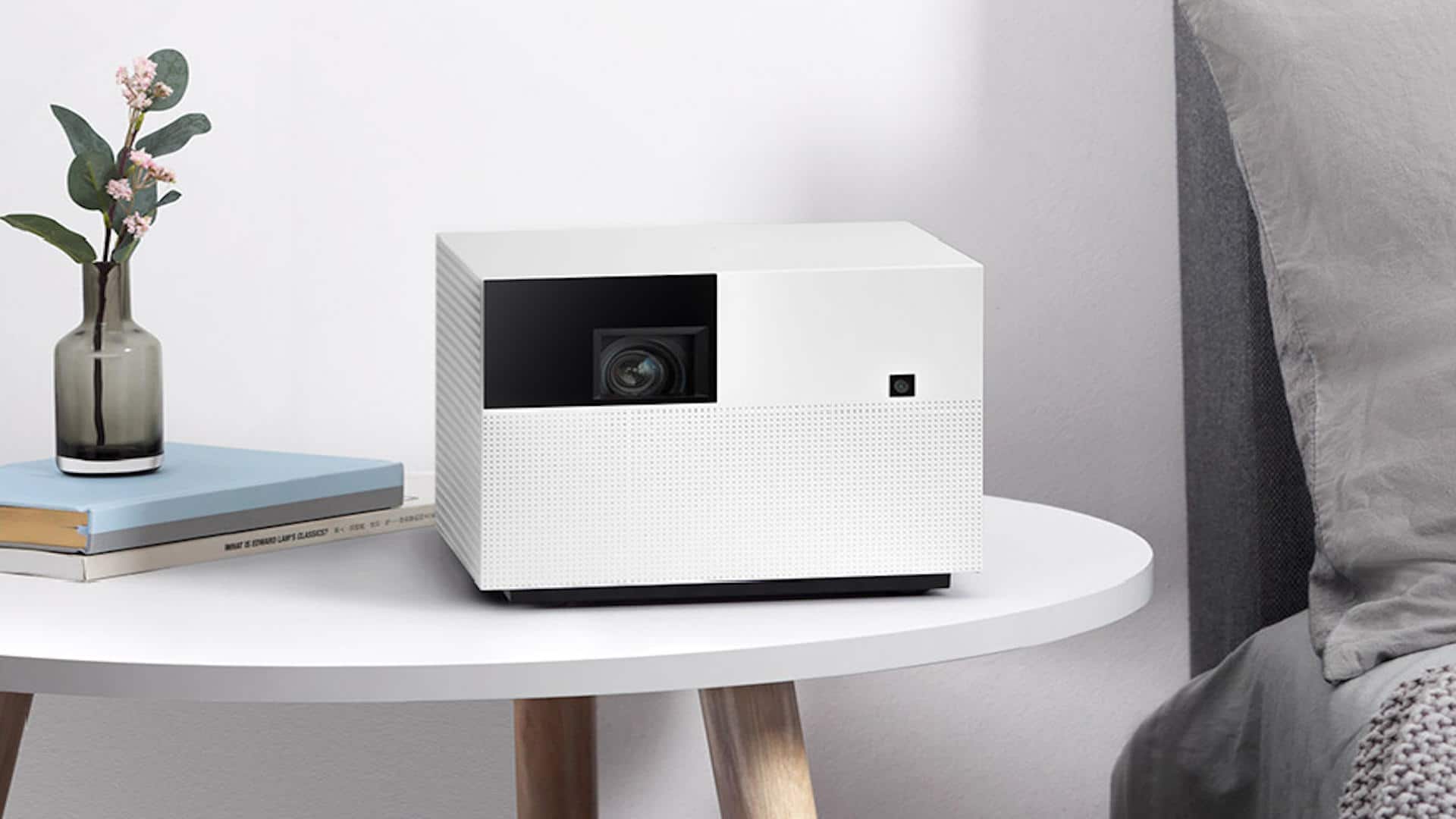
According to the company dedicated to backups and cloud storage backblazethe SSD drives are more reliable than traditional HDD. To reach this conclusion, the company has relied on data collected from both types of drives in its data center for several years.
Backblaze started using SSDs as boot drives in late 2018, and based on the data they handle, they fail much less often than their HDDs as they age. This is clear from the data in the report published by the BackBlaze Cloud Storage Evangelist Andy Klein.
The report reflects the statistics of disk failures, commented, for several years. The hard drive data covers behavior information for tens of thousands of boot and data storage drives from most major manufacturers, and is quite comprehensive. As expected, the data for SSDs is much lower, both in quantity and variety of drives tested. These are mostly 2.5-inch drives from Crucial, Seagate, and Dell, with a few from Western Digital and Sandisk. But, for example, there is none from Samsung. This reduces the usefulness for those who want to compare reliability across companies, but is useful for comparing the overall reliability of HDDs and SSDs doing the same tasks.
Backblaze uses, as mentioned, SSD drives to boot its servers rather than to store data, and the data compares these drives to HDDs used as boot drives. According to the company, these units manage the storage of logs, temporary files, SMART statistics and other data in addition to boot. They are not dedicated to storing huge amounts of data on a daily basis, but they are also not idle when the server has started.
In their first four years of service, SSDs fail much less frequently than HDDs, in general. But the performance curve is pretty much the same: some glitches in the first year, a jump in the second, a small dip, and another spike in the fourth year. But by year five, HDD failures start to grow rapidly, going from a 1.83% failure rate in year four to 3.55% in year five. Meanwhile, SSDs continue to fail at a rate close to 1%, the same as the previous year.
In line with these data, Klein speculates that SSDs they could reach their limit and start failing more frequently when their NAND flash chips start to get damaged. If that were the case, then lower capacity drives would start to fail at a higher rate than higher capacity SSDs, since a drive with more NAND has more write tolerance.
It is also likely that many of these drives will start failing at the same time, since they all do similar work. Home users are constantly editing, creating, and moving large files, and could see their drives starting to crash faster than they do in the Backblaze usage scenario. It’s all a matter of time and how they are used.



